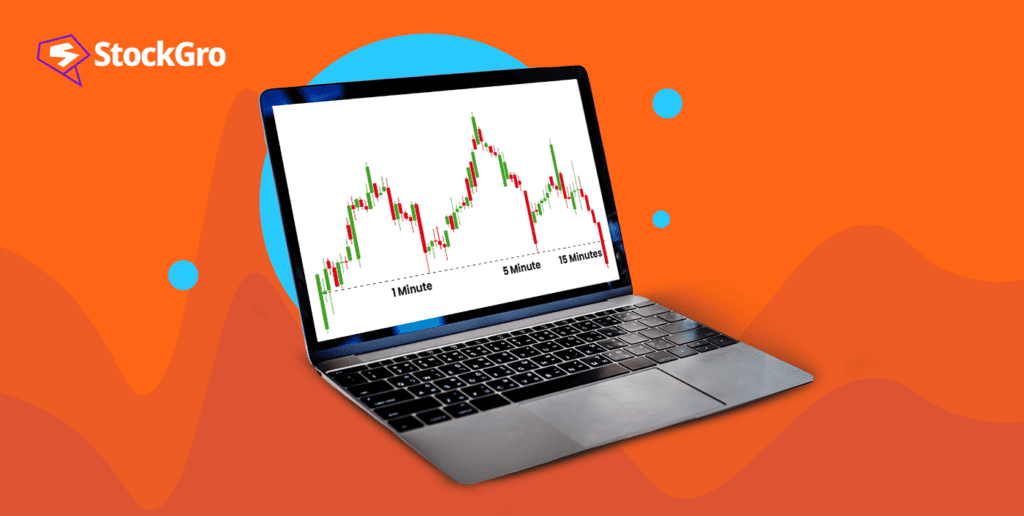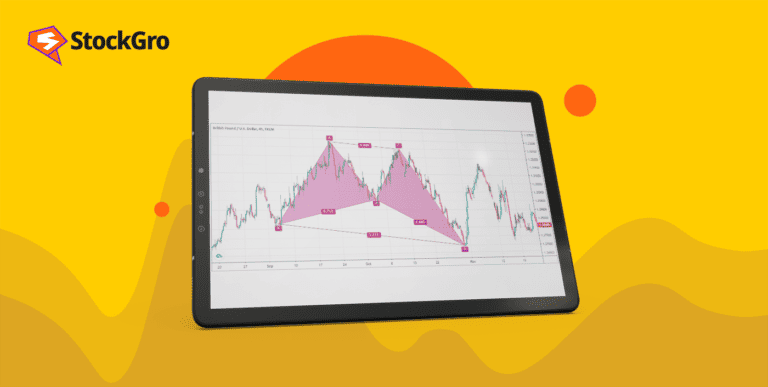
Are you someone seeking to capitalise on minor market price variations? You don’t want to hold the security for long, not even hours, just for a few minutes or seconds? The scalping strategy could be your ideal approach.
This strategy involves making frequent moves in the market to benefit from price changes. Scalping trading strategy has great profitable potential, but to be successful, you need a lot of discipline, concentration and risk management.
Interested in learning more about this strategy? Continue reading!
What is a scalping trading strategy?
In day trading (intraday), traders buy and sell assets or financial instruments within the same day. But what if they wish to capitalise on price fluctuations that happen within seconds or minutes?
Here comes the role of another strategy: the scalping trading strategy. A scalping strategy is a trading strategy that helps traders take advantage of short-term price movements of a particular asset. It necessitates buying and selling the security quickly, within seconds or minutes. Here, just as with intraday trading, you don’t need to hold the security for long.
In options trading, an options scalping strategy means holding positions for a short period, say minutes or seconds.
People who employ the scalping trading strategy are called scalpers. Scalpers can employ this strategy multiple times at high volumes during the entire trading session to earn profits.
Why do traders undertake a scalping strategy? Traders often believe small price movements are more frequent and easier to predict and exploit than large ones.
However, to employ this strategy, traders must have a strict trading strategy for entry and exit positions. Otherwise, they would have to suffer huge losses.
How does the scalping trading strategy work?
In a scalping trading strategy, large volumes of an asset are traded, and this position is typically held for a very short time. Scalp traders may decide to go long or short by selling high and buying low.
Through this dual profit pathway, scalp traders can suit a wider range of opportunities in both rising and falling markets.
Scalpers use market trends, technical analysis, and price fluctuations to identify trading opportunities and make trades quickly. Scalpers are not interested in the market’s direction as long as there is enough volatility and liquidity to create price oscillations.
Also read: What is trend analysis? [Explained]
Types of scalping indicators and strategies
Traders can employ many scalping indicators and strategies for trading the market. Some of the popular ones are:
Momentum trading:
Momentum trading is a strategy in which traders initiate a trade when security reveals a strong trending movement. It is a form of profiting on an elongated price move. But, a stop-loss order is used by traders to shield their gains in case a reversal occurs.
For a better understanding: Stop-Loss order – Are you using it?
Range-bound scalping:
This strategy is to trade within a specified range of prices, in which the price moves between support and resistance levels. For instance, scalpers may buy as the price moves to hit the lower band and sell when it achieves a point in touching its upper band.
Breakout scalping:
In this strategy, traders trade at the time when the price breaks out from consolidation or pattern. Scalpers employ confirmation breakout indicators such as volume to confirm the breakout and then trade in that direction.
For instance, scalpers may buy when the price breaks above a resistance level and sell once it breaks beneath support.
Scalpers use different technical indicators, such as moving averages, stochastic oscillators, RSI, etc, to measure the volatility, market momentum, trend and support and resistance levels. Using these tools, traders can confirm their trading signals and determine when they should enter or exit a trade.
Also read: Do all technical analysis tools work equally well?
Benefits and risks of scalping strategy
The scalping strategy has its upsides and downsides that a scalper must consider.
Benefits
- Low market exposure: The scalping strategy can minimise the market exposure and risk for scalpers because they do not keep their positions open for long; hence there will be no need to worry about overnight or weekend gaps.
- High frequency: Scalping in essence is exploiting small price movements to carry out multiple transactions, which can build up profits over time. It is most advantageous in turbulent times.
- Timeframe flexibility: This strategy can be used with any timeframe, intraday to intra-minute, giving you the liberty to trade anytime according to your resources.
Risks
- High stress and pressure: Scalping strategy puts pressure and stress on scalpers who have to apply their tactics very often and constantly experience wins or losses. The scalping strategy could be mentally and physically draining as scalpers need to track the market continuously, making instant decisions.
- High costs and fees: The scalping strategy can cost scalpers a lot of money in the form of fees, as these individuals have to pay the spread, commission or swap every time they make a trade.
- Execution risk: Scalping involves quick trading. If orders are not executed smoothly and rapidly, traders may miss out on profitable opportunities.
Is scalping trading profitable?
A scalping trading strategy can be profitable if you have a high probability scalping strategy winning trade ratios than losing ones. This principle applies to all trading strategies, but it’s particularly crucial for scalpers. Any misstep in execution could potentially wipe out all their earnings.
Thus, scalping trading is not easy or suitable for everyone. Scalping trading is rather skillful and requires a lot of experience, discipline and a good strategy and plan.
Bottomline
Scalping strategy, though profitable, has its own set of risks. If you are interested in scalping strategy, do your research and speak with a professional before putting money into trading.
It is also advisable to practise and simulate your scalping strategy on a demo account before trading using real money. You must also know the pros and cons of scalping strategy and be ready to face challenges and opportunities offered by the market.

